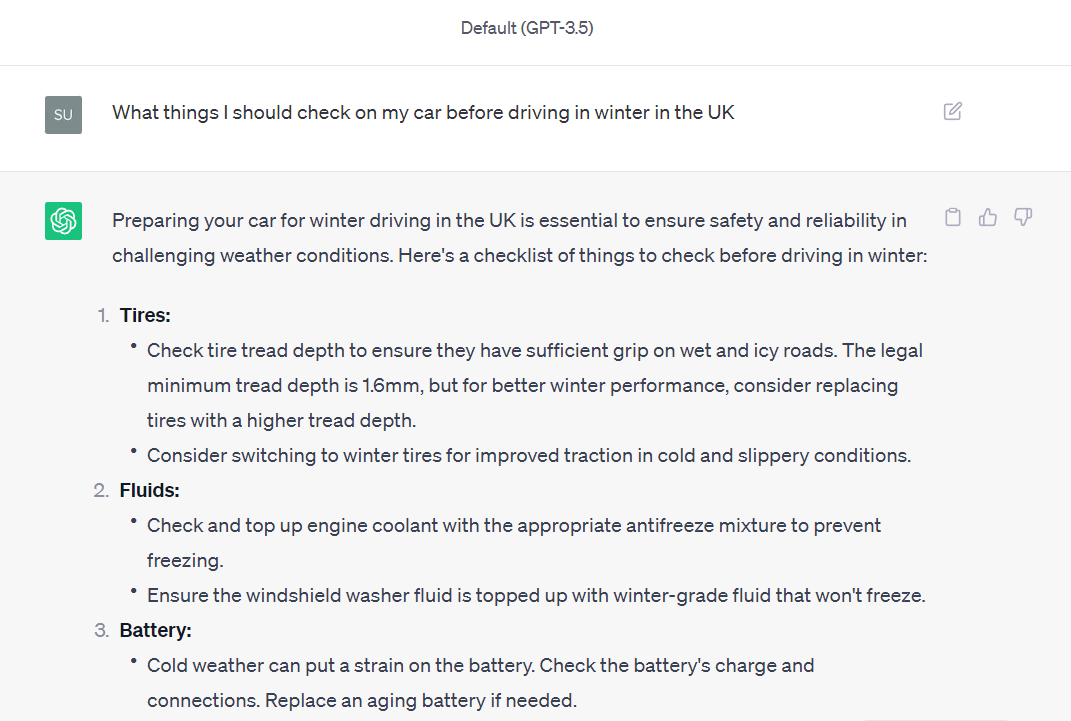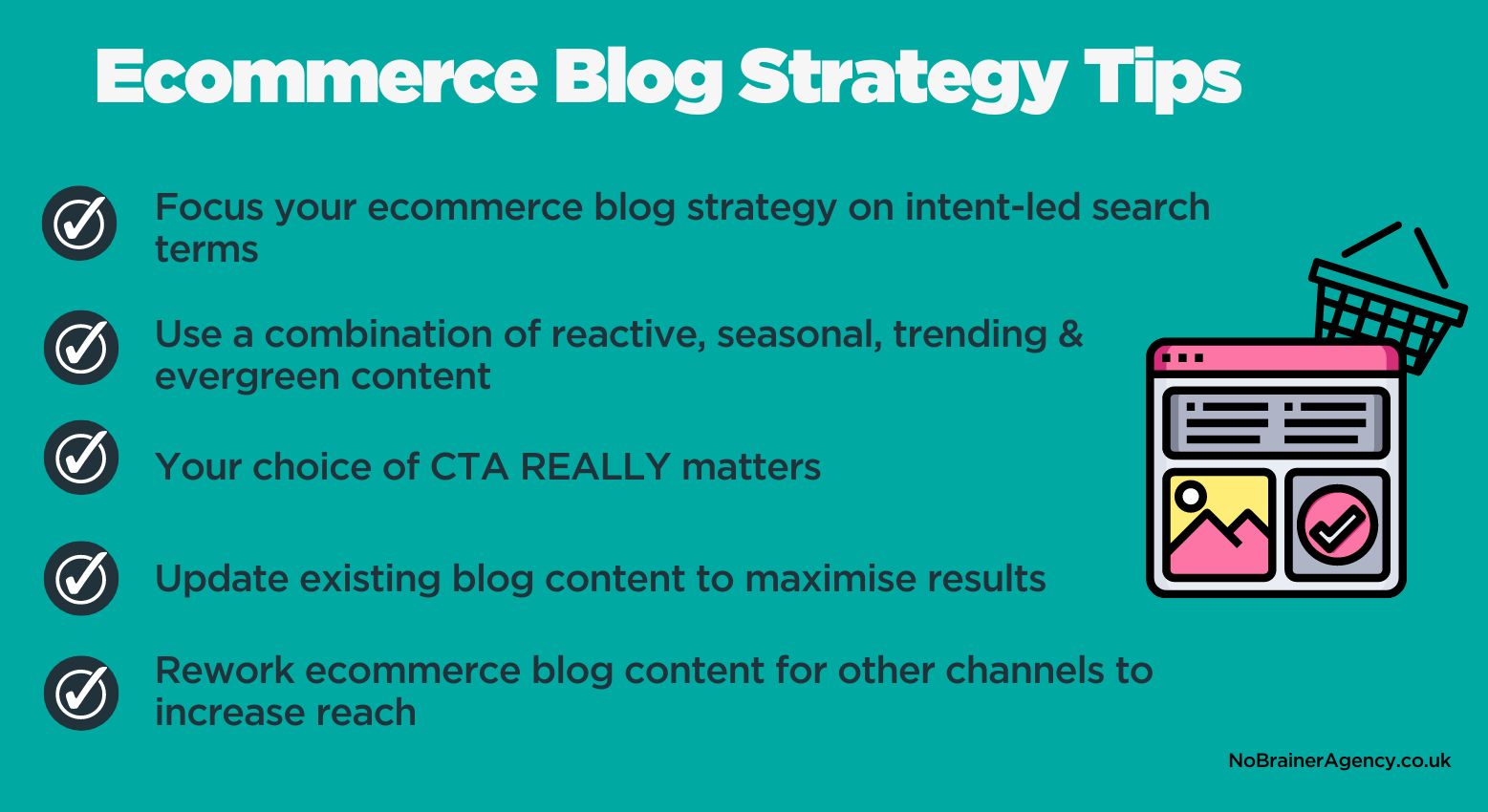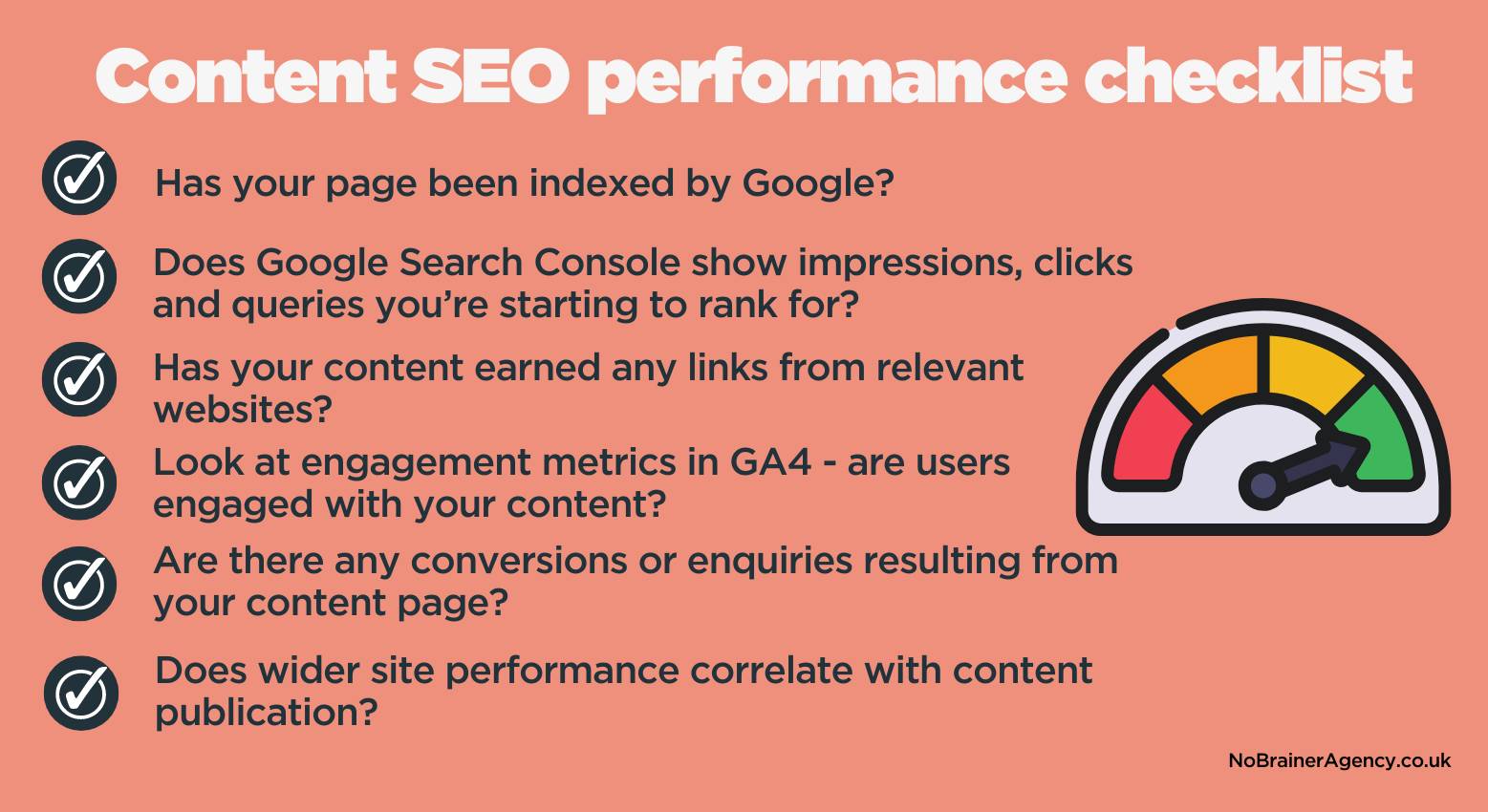Blogs are dead. No one reads blogs anymore. People these days have the attention span of a gnat. Blogs shouldn’t ever be longer than 300 words. People want videos, not blogs. Younger demographics don’t want to read blogs.
These are all things heard fairly regularly in the marketing world. However, research and statistics tell something of a different story.
- Studies show that around 77% of internet users read blogs.
- According to Statista, around 26% of 5-18 year olds in the UK read blogs or forums in 2022.
- 30% of consumers say that content quality makes a blog more credible.
- The average blog post (on any topic, including personal blogs and business blogs) is over 1100 words in length.
In this article, we look at why long-form blogging can be beneficial for brands and businesses and how to determine that value and return that it brings.
What is long-form content?
As with many things in life, the definition of long-form content can be subjective. What is a long read for one person might not be for someone else. A long-form content piece can, and often does, contain various types of visual content too, not just written copy.
For example, a long-form piece can contain not just images but also interactive graphics, tools or calculators and video, along with written text.
The main determining factor for a long-form piece of content isn’t actually it’s length, strangely enough. Instead, long-form content needs to take an in-depth look at a particular subject or topic, diving well below superficial or generic information to bring meaningful and useful insights to the audience instead.
For the purposes of digital marketing, long-form content can be anything upwards of around 1200 words in length, potentially reaching several thousand words for a truly deep dive into a topic. That can equate to any piece that takes an average speed reader longer than around five minutes to read.
Why business blogging has evolved
Business blogging has evolved over the years. More and more businesses have turned to blog content as a way to attract relevant organic search visitors and to help populate social media, email marketing and communications strategies. However, this means that it’s become more and more challenging to get noticed amongst all of the online ‘noise’ that’s all roughly saying the similar things about the same topics.
In order to publish online content that stands out and offers truly useful information, blogging has had to change and offer the audience something more. This is where long-form content comes into its own.
The early impact of AI on blogging for businesses
It can sometimes feel like Artificial Intelligence (AI) is all that anyone has talked about in digital marketing and content for some time, but it’s important to consider the impact it is having, and may well have in the future, on blogging activity and long-form content. Some claim that around 90% of online content could be AI-generated by 2025.
This isn’t an AI bashing article. There are many ways that the current capability of tools such as ChatGPT can be utilised to assist with content production. However, when taking a deep dive into a specific topic and producing long-form content that is well-researched, has specific audience and marketing objectives at the centre and is optimised for organic search, current AI tools are a long way off being able to replicate what a good human writer can do.
That doesn’t mean that AI tools can’t (or shouldn’t) be used in the planning stages of long-form content. Using ChatGPT prompts, for example, to help come up with ideas and points that you might not have otherwise thought of can be a great help. In the example below, if you want to write an in-depth blog post on essential car maintenance for the winter, AI tools can be a great starting point.
The ideas that it returns can help you with researching further into what you might want to include. However, to create content that stands out and is inherently useful to your target audience at a specific stage of their journey, it needs to be created and the narrative woven by a real person, who has genuine knowledge and experience of the topic in hand, along with a good understanding of your audience and the type of information, language and tone that best suits them.
What incorporating long-form content means for your business blog strategy
There is no getting around the fact that high-quality long-form content takes a significant time investment to plan, produce, optimise and publish. Along with words, there are usually elements of design and UX to consider, along with SEO throughout the process, and perhaps video production and web development time too. There may also be digital PR activity to run alongside your new content asset. This approach is what helps maximise the potential of a long-form blog and gives the best chance of long-term results that more than outweigh the up-front effort involved.
This does mean that getting great long-form content live and performing effectively is a team effort for most businesses. Having a clear timeline for when certain key elements need to happen, who is responsible for what and when it needs to be delivered are essential.
In order to make the most of the main content piece, there are also numerous other angles and channels that can be utilised too. Creating shorter supporting blog content to focus on specific angles of the main piece, social media posts, press releases and potentially a paid media campaign to run alongside are all ways to maximise the impact of the central content, gain valuable links and build your brand at the same time.
Ensuring that all of these elements and angles are incorporated into your campaign plan and blog and marketing strategy helps to make a bigger and longer-lasting splash. Evergreen long-form content can be the gift that keeps on giving. If you’re an online retailer, take a look at our ecommerce blog strategy tips.
The contribution of business blogging to your SEO strategy
SEO has already been mentioned in relation to long-form content pieces, but it’s worth taking a deeper look at the organic search potential of this type of blog content.
Google’s E-E-A-T principles essentially mean that their ranking system attributes organic value to content that includes Experience, Expertise, Authoritativeness and Trust, or E-E-A-T. This ties in perfectly with long-form content.
Great long-form content is also link-worthy. Other relevant websites will want to use or reference parts of your content and should credit and link to the original piece when they do so.
As your piece of highly engaging long-form blog content was planned for your specific audience, at a specific point of their journey, you’ll do keyword research during the planning stages to work out what kinds of queries and questions that this audience will use to try and find the information and answers that they need at this particular time. Incorporating these intent-led keywords into your page URL and title, headings and subheadings, meta description and, where relevant, within the text copy itself, all help search engines to better understand the context of your piece and who it provides useful information to, helping it to rank better for your target terms.
These elements all work together and, with an evergreen piece of content where the topic is something that there is always search demand for, can drive relevant organic traffic to your website for months and years to come.
How to tell if your long-form content is bringing results
So, your in-depth content has now been live on the website for a few weeks, and any other related marketing output has also been activated. How can you tell if it’s started bringing in results?
The kind of results you might expect will depend on what your original objectives are and the nature of the activity you’ve done, to a large extent, but looking primarily at the main content piece itself, you can include quick checks such as:
- Make sure that the page has been indexed by Google
- Take a look at your page URL in Google Search Console (GSC) to see if it’s gaining impressions, clicks and has started to rank
- Check the queries tab to see if it’s ranking for the search terms you are targeting
- See if the page has earned any backlinks yet according to GSC (under ‘Links’ on main left hand tab, then ‘top target pages’ to see how many backlinks individual pages have gained)
- Take a look at traffic and engagement metrics in GA4, such as the average engagement time on the page (found under ‘pages and screens’) to see how engaged people are with the content in its entirety. If your piece is a 5-10 minute read and the average time is around 5 minutes or more then you know that the content is keeping people interested throughout.
- Look at the bounce rate in GA4, which is calculated differently to in older versions of Google Analytics. Are users staying on your website after reading the original piece?
- Any conversions or enquiries generated by your page of content (if this was one of the objectives)
- Check for correlation. Have you noticed any spikes in traffic, engagement or other on-site activity in the period since the content piece was published, even if not stemming from that specific page? This can help indicate that the blog is having a positive impact on the wider site too.
Attributing value or ROI to long-form content
This is a biggie for many businesses. Investing time and other resources into long-form content ideally needs to bring some kind of tangible return in order to make it a viable part of future strategy.
As long-form content forms part of a long-term approach, some of the return is unlikely to be evident immediately, so it’s important to bear in mind that things like brand awareness and organic authority build over time and may bring results years into the future, even if it can’t be seen straight away.
One of the first steps to calculating ROI for long-form content is to firstly work out the cost of producing and publishing the content in the first place. This could have direct costs or might be more of a time/salary calculation for the team that planned and implemented the content, if everything was done in-house.
You also need to know how valuable certain user actions are to your business. For ecommerce brands, the monetary value of a sale is fairly straightforward. However, you might also measure things like newsletter sign-ups driven from your content piece. Then you’ll need to look at the average conversion rate from your marketing newsletters and the average order value for this kind of customer to estimate a return for each user that signs up as a result of your long-form blog.
For service businesses, you may instead need to calculate the value of an online enquiry, for example, based on the average conversion rate for enquiries and the average value of a converted customer to the business.
In summary
Long-form content can deliver real and lasting value for businesses when incorporated into your blog and wider marketing strategy, with multiple potential benefits and returns. However, its also important to make sure that performance is effectively tracked and evaluated, so that learnings can be made to feed into future plans and activity.
If you’d like some help with your content marketing or SEO strategy, we’d love to hear from you. Get in touch using the form below.











